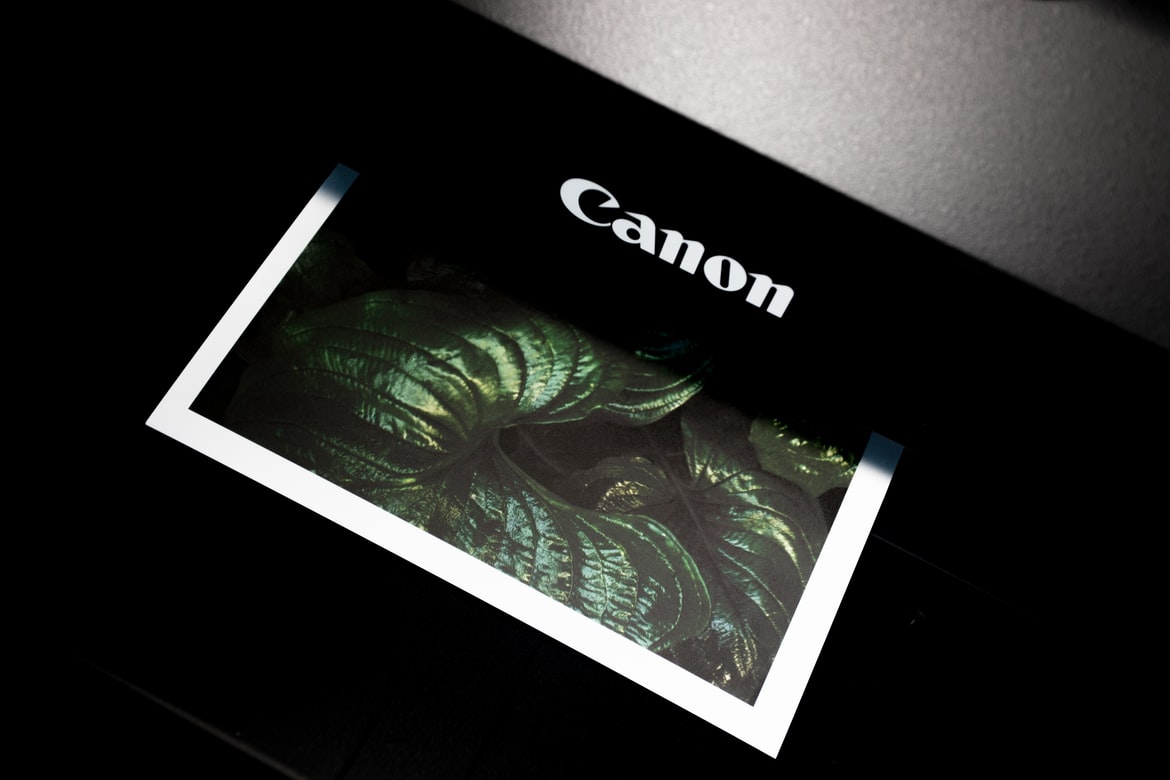Why should an “all in one” office printer need ink to send a fax? Canon USA owes its customers a better reason to buy their pricey ink.
What happens when companies put profit first by selling janky products that fail? In theory, this would never happen, so the market optimists say, because companies that don’t act in the public’s interest would wither and die when everyone realizes what’s up and votes with their feet and their dollars by shopping someplace else. This works well enough when there are a wide variety of choices in town, you have perfect knowledge about all the options, and it’s not too onerous to patronize a more ethical competitor. In practice, though, how often does that happen? And how often do disappointed customers shrug and accept their fate instead of striking back? Canon USA is about to find out.
When you buy an “all in one” device that can scan, print, make copies, and fax documents, wouldn’t you expect it to be able to perform some of those functions, like scanning and faxing, even if it were out of ink? So did David Leacraft, the justifiably annoyed owner of a Canon Pixma MG6320 multi-function device which, unfortunately, ran out of ink, rendering it unable to scan or send a fax.

Instead of going all “Office Space” on that sucker, Leacraft is filing a class action suit against Canon USA, seeking $5 million in damages in addition to court costs and fees. He’s asserting that Canon’s marketing puffery made it sound like the machine would perform these functions regardless of whether or not the cyan cartridge was empty, and if he was misled, others probably were too. In addition, Leacraft’s complaint alleges that Canon “breached its express warranties and failed to disclose material information under New York General Business Law § 349 and 350.”
More than 20 models of Canon’s “all-in-one” devices are included in the suit.
For their part, Canon USA doesn’t deny the allegation. A representative from the company explained to ZDNet that it was a necessary feature to protect the printer from heat damage, because the ink cartridges also serve as coolant when printing. No explanation was given for why ink was needed to scan or fax, or why all the color cartridges had to contain ink even if one wants to print in greyscale, but we can probably guess that it’s because Canon would like to sell more ink cartridges.
Not being able to use your office machines unless you cough up the cash for another expensive dose of magenta is one thing, but what if tricks like this were widespread in the industry? They are! Canon USA isn’t the only company whose “all-in-one” devices require ink to send a fax, they’re merely the only one getting sued (now, yet…) for their shenanigans. That whole “I’ll just show them by shopping somewhere else!” plan doesn’t work very well when entire industries are full of miscreants.
What’s worse, shady practices like this are not going away any time soon, since it’s incredibly profitable for companies to make you have to buy new stuff all the time, even if it’s for stupid reasons like batteries welded into a phone case when they could have been replaceable, phasing out replacement parts, proprietary-shaped screwdrivers, or putting the recharge socket on the bottom of a cordless mouse. Often, what seems like poor design is only asinine from the customer’s perspective. It’s meant to create a constant stream of buyers, and those buyers are only encouraging sneaky companies to make more bad products. If the suit against Canon USA succeeds, perhaps mandatory ink purchases will be phased out faster than an older model iPhone. Planned obsolescence and other scam-adjacent practices are a scourge both economically (for consumers) and ecologically (for everyone), but proper application of the legal process is a critical tool to use in our defense.
Related: Planned Obsolescence: A double-edged sword


Join the conversation!